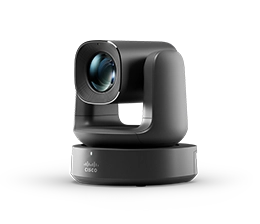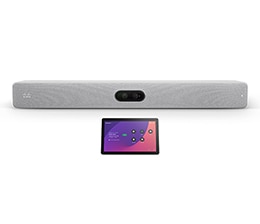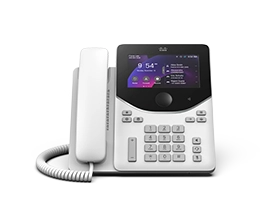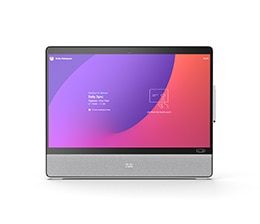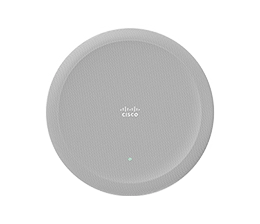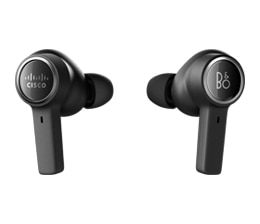SMS marketing guide - what it is, and how to get it right.
In this guide we’ll explore the what, why and how of creating effective SMS marketing campaigns that engage, inform, reassure, and delight your customers.
In 1992, a Vodafone engineer in Berkshire, UK was the first person to communicate by Short Message Service (SMS). What did he say? “Merry Christmas.”
Fast forward more than three decades, and the trusty SMS remains one of the most popular forms of private and commercial communication. In fact, 87% of the world’s six billion smartphone users regularly send and receive messages, making it an ideal way to quickly and personally engage with a wide audience of global customers.
This SMS marketing guide dives deeper into the power of a timely text message and how to deliver an effective SMS marketing strategy for customer-led success.
Learn more about the state of messaging in our dedicated report
What is SMS marketing?
SMS marketing is the practice of engaging customers and prospects using text messages—to promote offers, send notifications and reminders, and ultimately sell your products and services.
Unlike alternative channels such as those owned by social media brands, SMS gives you total control over the end-to-end interaction. You decide when your messages are sent, what they contain, and who they’re sent to and no third-party can use an algorithm to manipulate how that happens.
Benefits of SMS marketing
SMS marketing offers a unique combination of high engagement, personalization, convenience, and cost-effectiveness that can be leveraged by businesses of all sizes as a direct line to your customers. In fact we know between May 2022 and May 2023, 86% of businesses used SMS marketing to interact with customers - a 56% increase over the previous twelve months. Here are some of the key benefits of SMS marketing that you need to know about.
1. Immediate delivery
SMS messages are sent directly to a user's mobile phone, which is typically within arm's reach. Ensuring your message is not only delivered but also seen quickly. What’s more, SMS requires no internet connection so you can reach customers at any time.
2. High open and response rates
3. Cost-effective
SMS marketing is relatively low-cost. A great return on investment, especially for small to medium-sized businesses looking to reach their audience effectively without a hefty price tag.
4. Stands out
By Monday afternoon is your email inbox already congested with spam, promotions and notifications? Unlike email, an SMS inbox is usually less crowded. This gives your message a better chance of standing out and being read by your customers.
5. Integrates with other marketing channels
SMS can be a standalone channel or part of a multi-channel marketing strategy. It complements other channels such as email, social media, WhatsApp, creating multiple touchpoints with customers and reinforcing your marketing message.
SMS marketing examples
SMS is an intimate and almost universally accessible way to engage your consumers worldwide. And as customers increasingly expect personalized, two-way interactions with their favorite brands, SMS should be an essential part of your digital marketing toolkit. Regardless of your industry you can use SMS marketing to support multiple campaigns.
Here are a couple of SMS marketing examples that have worked well for our customers:

NHS Cambridge University Hospitals: They had a disjointed reminder process with staff having to call patients individually about canceled clinics or to fill last-minute slots.
By implementing a conversational reminder text, patients were able to confirm, cancel, or rebook their appointment without having to call the hospital. Resulted in a 27% decrease in missed appointments, which has helped the Trust have one of the lowest DNA (Did Not Attend) rates in the country.
TalkTalk: Seamlessly consolidated their communication systems into one platform. The initial rollout centered on proactive service messages via SMS informing customers about known faults and updates on open inquiries. Today, 30% of TalkTalk’s weekly customer contacts now come through digital messaging channels.
More examples of how to use SMS marketing effectively.
Promotional marketing messaging
Give customers a warm welcome when they join your subscribers list, opening the door to an ongoing two-way dialogue. Use this connection to send timely and personalized texts sharing the latest promotions, service perks, and loyalty program updates. You’ll be seizing up-sell and cross-sell opportunities while also building customer loyalty and engagement.
Conversational service messaging
Automate intelligent two-way service interactions with your customers through intuitive self-service chatbots, offering fast access to information and issue resolution. This gives your customers more control over the service experience and frees up your human agents to spend more time on challenging interactions.
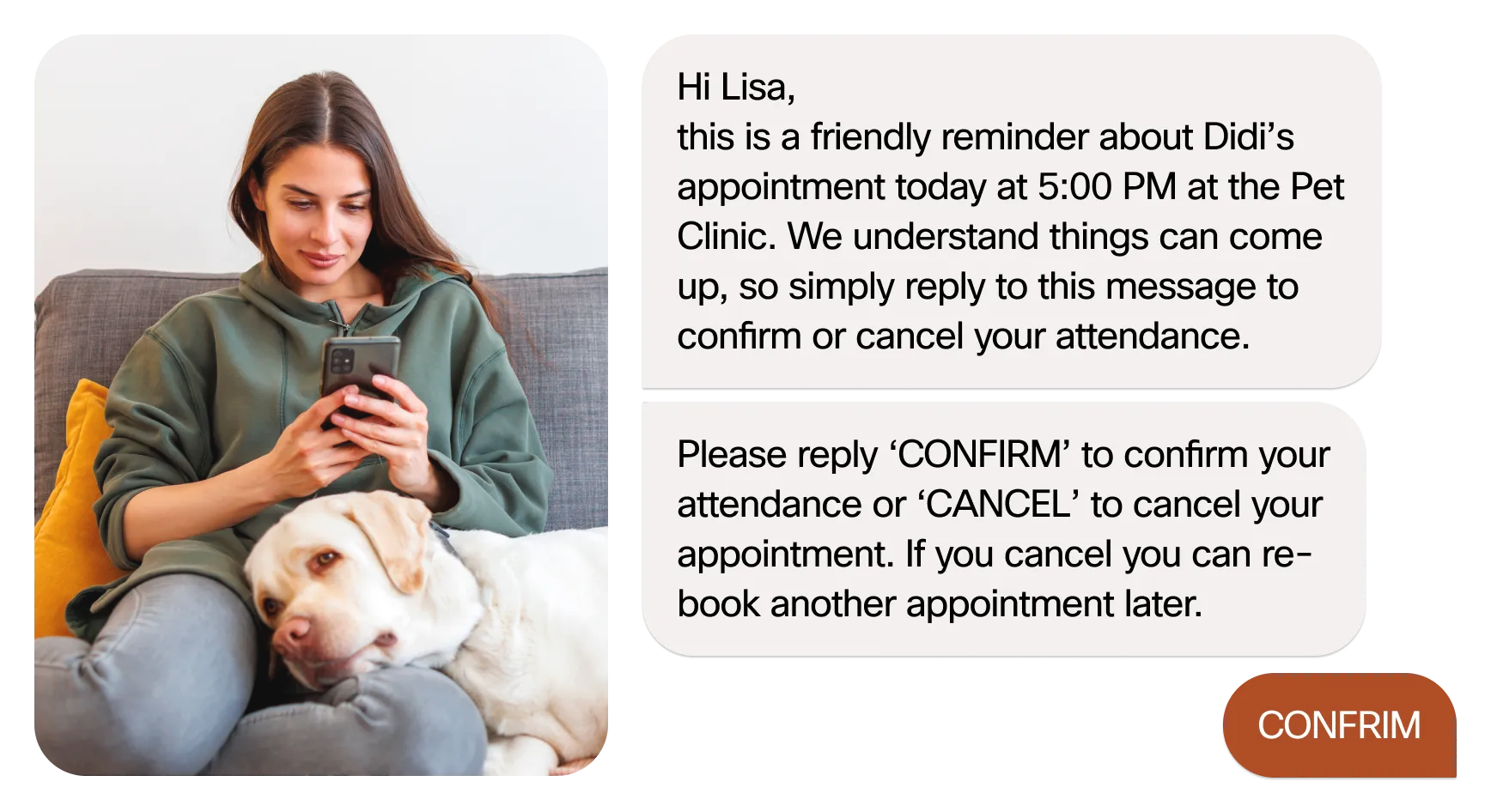
Contextual and transactional messaging
Shipping notifications, appointment reminders, security updates and identify authentication checks and any other account-specific alerts that require immediate action for customer peace of mind. People are likely to read an SMS message shortly after it arrives, meaning it's a great channel for time sensitive notifications and interactions.
The advantages (and challenges) of SMS marketing
As previously noted, SMS commands an advantage over many other communication channels and it makes practical sense for customers and businesses alike. Customers feel more comfortable with SMS compared to other messaging channels - it’s fast, simple, and direct. They can respond in their own time and don’t have to pick up the phone to get the necessary answers. Plus, no waiting on hold or taking time out of their day to deal with intrusive incoming calls.
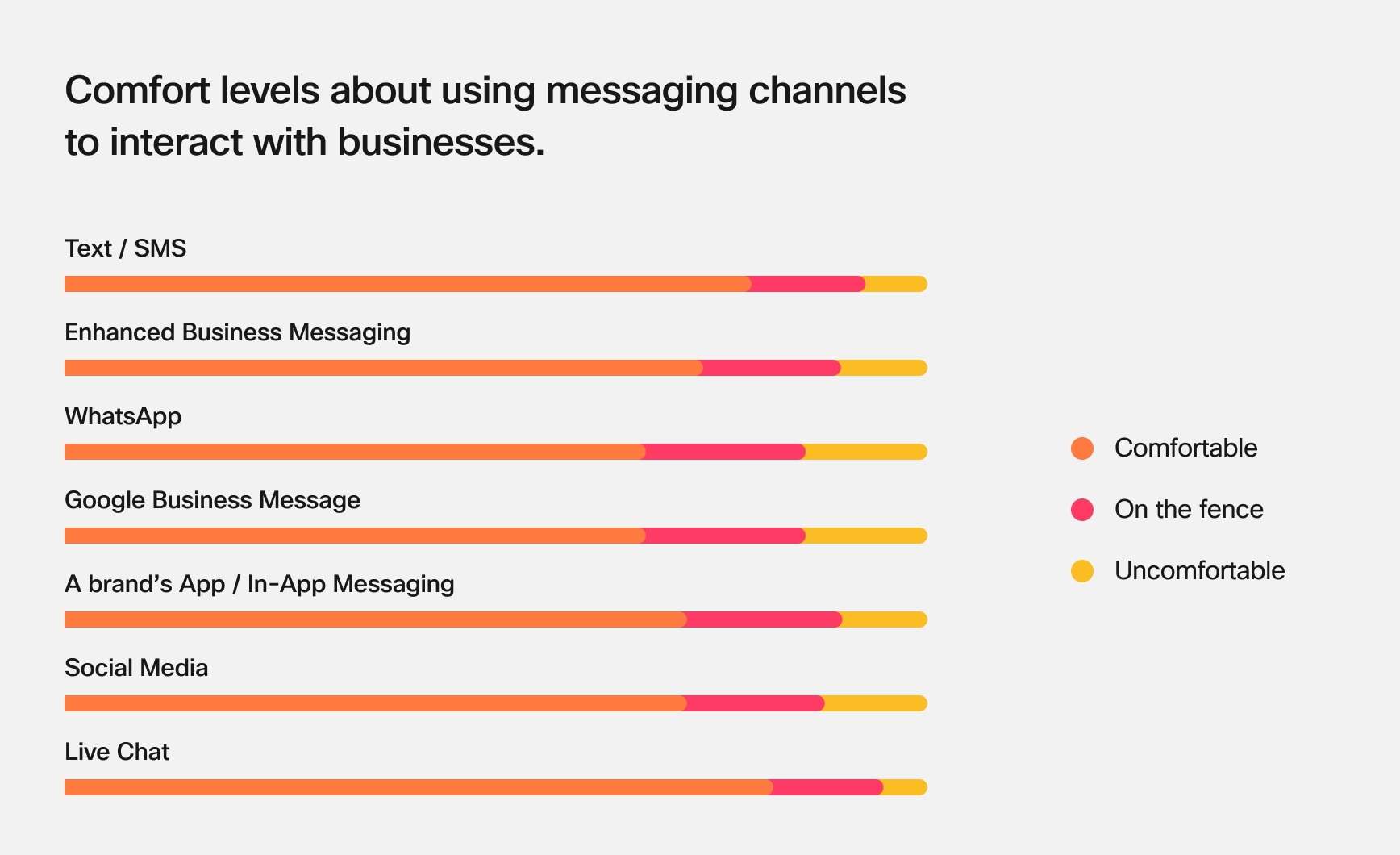
For businesses, it’s a cost-effective way to reach customers quickly, automate routine interactions, collect customer data, and orchestrate meaningful brand relationships. It’s also resilient to common sources of disruption that impact most digital channels, such as poor internet coverage and outages. And with the right SMS provider, it’s easy to scale marketing campaigns internationally using bulk messaging and secure Tier 1 networking.
However, there are some potential pitfalls you need to be aware of.
- Customers must opt-in: Most countries only permit SMS marketing if customers have opted in to receive it. Send unwanted messages, and you risk breaching regulatory compliance and ending customer journeys early. But remember, guidelines and penalties vary worldwide
- SMS has strict length and design limits: Be mindful that basic SMS messages allow up to 160 characters, though longer texts will typically appear in a single batch. And while SMS is not traditionally a visual format, don’t forget to use emojis if they’re in keeping with your brand voice. Just remember they’ll eat into your character count too.
- Timing can make or break interactions: Always time messages to come at the right point in the customer journey, such as in response to contextual actions and behaviors. Avoid texting in early mornings, late at night, or when your business is closed. Analyzing customer engagement data can also help you identify the best times to reach out with personalized help and promotions.
- Your brand identity matters: Customers may receive thousands of SMS messages a year, and it’s not always easy to tell which are legitimate or come with honest intent. To prevent fraudsters from impersonating your brand and customers from disregarding authentic comms, always use branded text, including sender ID for a consistent, engaging, and trustworthy SMS presence.
Building a watertight SMS marketing strategy
Considering the challenges we’ve just discussed, it pays to craft an SMS marketing strategy that honors customer trust and aligns with your marketing vision. We recommend segmenting your customer contact lists based on their engagement history and personal preferences to aid personalization. This will help keep your interactions relevant to each customer and help you avoid embarrassing mistakes - such as sending vegetarians a code entitling them to 50% off any grass-fed steak.
And by drilling down into your customer data, you can hyper-personalize interactions at scale, aligning each interaction to the customer’s stage in the marketing funnel.
SMS marketing best practices
So remember, always:
- Get user permission first before sending any marketing SMS
- Provide easy opt-out options to all subscribed customers
- Introduce your brand and inform customers of your intent
- Text at appropriate times
- Keep messages concise and to the point
Read this guide for more tips on SMS marketing best practices.
Omnichannel journeys with the right SMS marketing platform
Webex Connect is an enterprise-grade Communications Platform-as-a-Service (CPaaS) for orchestrating and automating end-to-end journeys in a single, cloud-based solution. It includes a robust portfolio of SMS APIs and a high-performance Tier 1 network for fast and direct carrier connections, helping you reach your global customers no matter where they are.
As email remains the go-to channel for many brands and customers, Webex Connect lets you pair email and SMS marketing seamlessly (and more) to deliver the right interactions in the right place, at the right time. For example a customer may prefer to receive an initial order confirmation by email, but expect real-time logistics updates by SMS. Or you may find that a customer's local SMS regulations prevent certain types of marketing that email permits.
Message priorities can also influence whether a message is best sent by SMS or email, as an account breach alert no doubt takes precedence over a weekly product newsletter. Whatever your industry, Webex Connect can help you deliver rich and engaging brand interactions at scale across SMS, email, and the latest digital channels.



